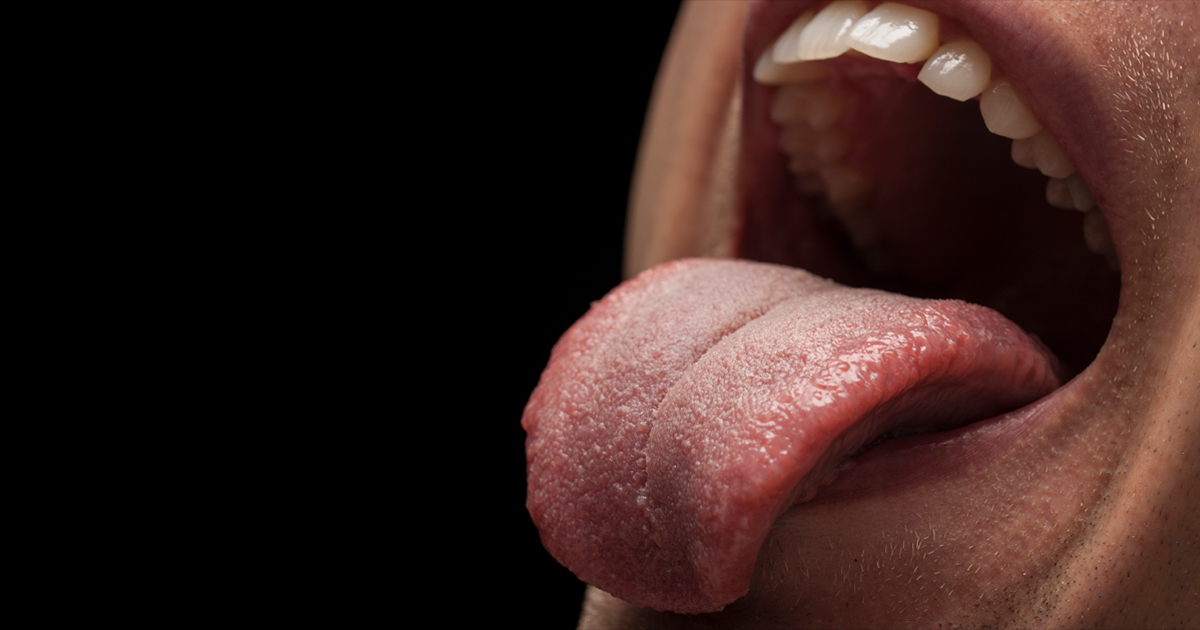The coronavirus infects and reproduces within the cells of the salivary glands.

Elton Alisson/Agência Fapesp
Researchers at USP Medical School (FMUSP) have found that sars-cov-2 infects and reproduces within salivary gland cells. Through analysis of samples from three types of salivary glands, obtained during a minimally invasive autopsy procedure in patients who died due to complications of COVID-19 at Hospital das Clínicas of FMUSP, they found that these tissues specialized in saliva production and secretion are reservoirs for the new coronavirus.
The findings of the research, supported by the São Paulo State Research Support Foundation (Fapesp) were published in the Journal of Pathology The findings help explain why the new coronavirus is found in large amounts in saliva, which made it feasible to test for covid-19 diagnostics from the fluid, the paper’s authors report.
“It is the first report of a respiratory virus able to infect and reproduce in the salivary glands. Until then, it was believed that only viruses causing diseases of very high prevalence, such as herpes, used salivary glands as a reservoir. This may help explain why sars-cov-2 is so infectious”, Bruno Fernandes Matuck, a doctoral student at the School of Dentistry (FO) at USP and first author of the study, told the Fapesp Agency.
The researchers had already shown, in a previous study, the presence of sars-cov-2 RNA in the periodontal tissues of patients who died due to COVID-19. Because of the high infectivity of sars-cov-2, when compared to other respiratory viruses, they hypothesized that the new coronavirus could infect and replicate in cells of the salivary glands and, thereby, appear in the saliva without having contact with nasal and lung secretions.
This is because previous international studies have shown that the salivary duct has the ACE-2 receptor, to which the high-tech protein sars-cov-2 binds to infect the cells. Recently, other groups of scientists have reported that they have observed in animal studies that, in addition to ACE2, receptors such as transmembrane serine protease 2 (TMPRSS) and furin, present in salivary gland tissues, are targets for sars-cov-2.
Aiming to test this hypothesis in humans, ultrasound-guided biopsies were performed on 24 patients who died due to Covid-19, with a mean age of 53 years, to extract tissue samples from the parotid, submandibular, and minor glands.
The tissue samples were subjected to a molecular assay (RT-PCR) to detect the presence of the virus. The results indicated the presence of the virus in the tissues in more than two-thirds of the samples.
Meanwhile, through immunohistochemical staining – in which a dye is placed on a molecule that sticks to the virus and receptors – it was possible to observe the presence of the virus in situ, inside the tissues. And through electron microscopy, not only has the presence been detected, but also the virus reproducing inside the cells and identified the type of organelle it uses for this purpose.
“We observed several viruses clustered in the cells of the salivary glands – indicating that they are replicating inside. They were not passively present in these cells”, says Matuck.
Publicado inicialmente em RSSMix.com Mix ID 12256229 https://ift.tt/3jmJrxC
Comentários
Postar um comentário